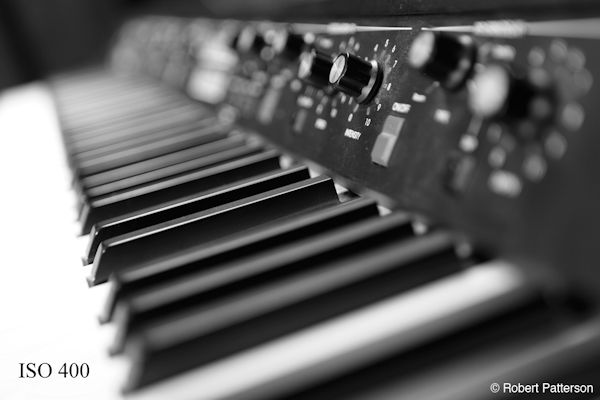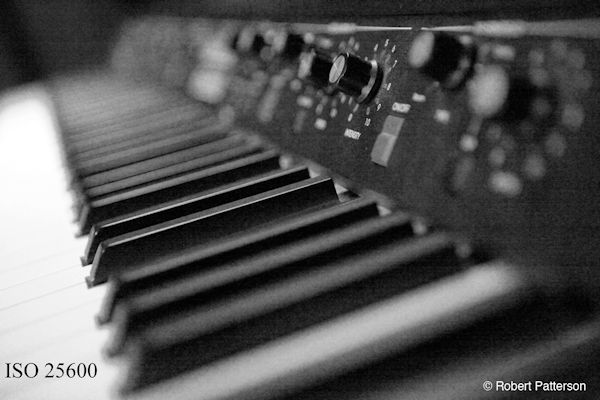ISO (International Standards Organization) refers to the sensitivity of the camera’s sensor to light. This is an industry wide standardized scale that was originally designed to measure film sensitivity to light but when adapted to digital cameras, takes on the exact same role.
At low values, 100 to 400 ISO, a camera’s sensor is less sensitive to light. This means that the sensor will have to be exposed for a longer period of time to capture the correct exposure, than it would at a high value ISO. As with film though, the higher the ISO value the grainier and “noisier” the image will look so for really sharp clean images you will always want to shoot at the lowest possible ISO setting.
In low light situations, to achieve proper exposure, you will have to use high ISO values to prevent the need to shoot long exposures that will turn out blurry (see camera shake in the Exposure section of this tutorial).
No noise>Visible noise and grain>
| Low ISO No noise |  |
| High ISO Visible noise and grain |  |
So to summarize, always use the lowest possible ISO value for the lighting conditions you are shooting in. Values from 100 to 800 are fairly free from distracting graininess and are improving rapidly with each generation of camera. Anything above 800 will start to show grain and noise but is sometimes necessary if you don’t have enough light.
If you enjoyed this tutorial, be sure to check out the other tutorials that are available in the Discovery Center. If you have any ideas for tutorials or projects that you would like to see in the future, please leave us someFeedback.


Was this article helpful?
Tell us how we can improve it.